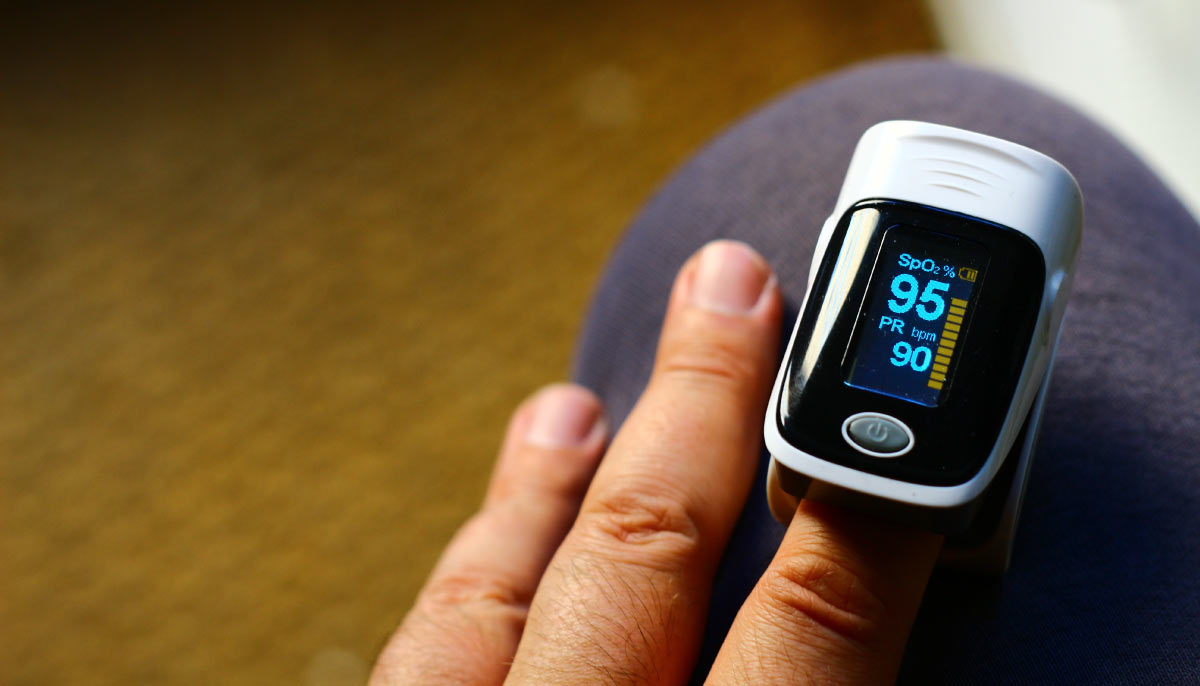Adobe Stock
For people with respiratory issues, a pulse oximeter is a standard home health device. A pulse oximeter is a small device that attaches to the fingertip. It gives valuable information about your health including your oxygen levels.

Low oxygen levels could alert people when they need to get to seek medical treatment before reaching the point of severe complications or death. Since the coronavirus is a respiratory illness, having one in your home, in my opinion, is a good idea.
Many doctors and health officials are at odds on whether or not they should recommend all households have a pulse oximeter; however, they agree that it is an excellent way to self-monitor symptoms of the coronavirus along with a thermometer.
If you do become sick, monitoring your oxygen levels could alert you of when to seek help before you get severely ill. One of the drawbacks, however, is that some pulse oximeters may not be as reliable as others. Doctors are wary about recommending them on a widespread basis, but that doesn’t mean these medical devices are completely useless. If you purchase a good, reliable brand and learn how to read it correctly, a pulse oximeter could literally be a lifesaver.
A pulse oximeter clips onto the tip of your finger and within a few seconds, it measures your blood oxygen level and heart rate. Most healthy people will get readings between 95% and 98%; however, people with various medical conditions may have a lower normal rate.
If your number falls below 92%, it doesn’t mean you should panic. Consult with your doctor as soon as possible to see if you need to be concerned. It’s much easier to bring oxygen levels up before they reach a dangerously low amount. The heart rate reading should be between 60 and 100 beats per minute. For those that practice extreme cardiovascular fitness levels, you may have a lower rate.
Be sure to read the pulse oximeter from the correct direction. Many pulse oximeters are designed to be read by someone administering the test vs. reading it yourself. This could cause an error in reading the number if, for instance, it shows 89 but you read it as 68 instead.
Your blood oxygen levels can fluctuate throughout the day, so you should take your readings a few times per day. It’s also helpful try it while your body is in different positions such as laying down vs. sitting or standing.
These devices also generally work a little better when your hands are warmer rather than colder. They can give misreadings if you have long nails that keep you from inserting the reader fully on your finger. Dark nail polish can also negatively impact the accuracy.
Although there is no ‘correct’ finger to place the reader on, most health professionals place it on an index finger. It is recommended that you place it on your dominant hand for the best possible reading.
If you do choose to buy a pulse oximeter, check the reviews and ensure that it is made by a reputable medical equipment manufacturer.